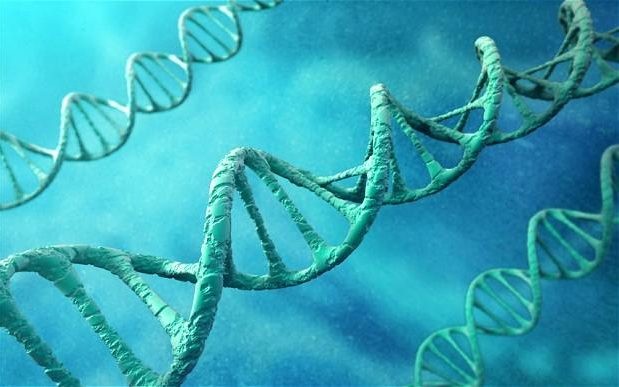Developing the new CRISPR genetic therapy technology is taking us steps closer to being able to fully edit our own genes.
CRISPR stands for Clustered, Regularly Interspaced, Short Palindromic Repeat and is a naturally-occurring defense mechanism used by bacteria. Like a pair of “molecular scissors,” bacteria carries the DNA of certain viruses so it can recognize them when they appear. When they see them, the bacteria will hook up to the viral DNA and cut out the mutated piece of the strand.
Scientists have figured out how to manipulate this process and use it, at will, on viruses and other instances of DNA. The upside is that we can destroy dangerous DNA that cause things like muscular distrophy, fatal blood diseases and even blindness.
The downside? People are afraid of it because it’s untested. There is a chance for the genetic changes to be passed down to future generations and we really don’t know the outcome or potential outcome of this serious procedure.
“CRISPR is a hugely exciting technology and it undoubtedly has great potential that is attracting the attention of researchers around the world,” says Alastair Kent, of the Genetic Alliance.
“If the potential of CRISPR is to be realised then the technology needs to be thoroughly explored through high quality biomedical research that is subjected to ethical approval and peer review. Otherwise there is a risk that families desperate for cures will be vulnerable to plausible offers from over-enthusiastic advocates for the technology.”
“Hereditary eye disease in an obvious place to start given that there is already precedent in classical gene therapy,” said Prof Darren Griffin, Professor of Genetics at the University of Kent.
It is new, and caution is warranted, but for those children suffering from blindness due to a missing protein, this could help them see.
Katrine Bosley, the chief executive of Editas Medicine, plans to use her company to begin CRISPR treatments in 2017.
*Article originally appeared at Minds.












